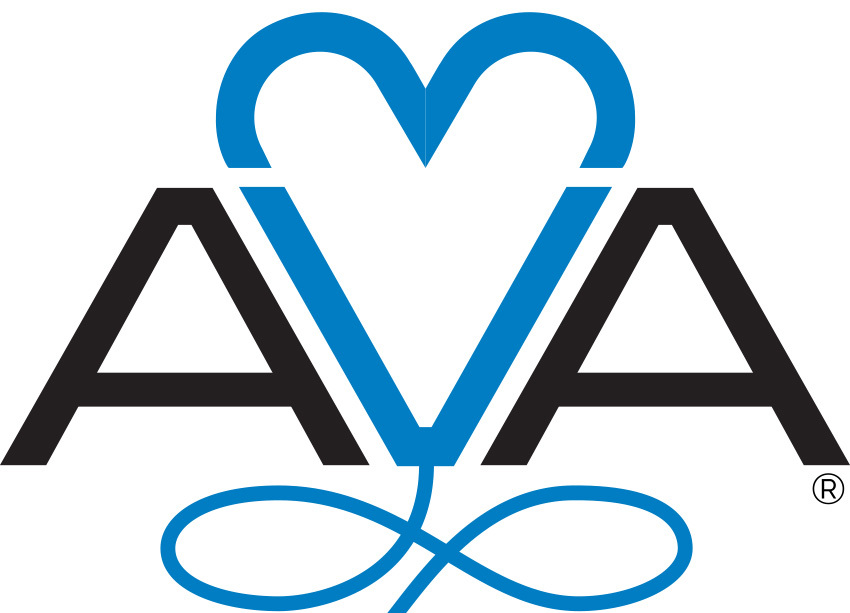Skip to main content
Issues
Select Issue
LEGALLY SPEAKING
ARTICLES OF INTEREST
BS, BSN, MS, CNS and
INTERESTING CASES
CLINICAL INVESTIGATIONS
BSN, CRNI,
BS, PharmD, CGP, and
BSN, CRNI, CNSN
RN, CRNI and
RN, BSN, MEd
CONTINUING EDUCATION QUESTIONS
Insertion and Maintenance of PICC for a Pediatric Patient with Epidermolysis Bullosa
Shu-Yin WangBSN, RN, RNC-NIC,
William DuongBSN, RN, RNC-NIC,
Paula HessMLIS, AHIP,
Hyojin JenniferMin, PhD, RN, CPNP-PC, and
Rebecca BarberPhD, RN, CPN, CDCES
Midlines: Useful, Not Universal
Michelle L. HawesDNP, CRNI, VA-BC, ACRP-CP
A Randomized Control Trial to Determine the Effect of Handball Exercise on Arteriovenous Fistula Maturation
Vipul Gupta,
Himansu Sekhar Mahapatra,
B. Muthukumar,
Lalit Pursnani,
Chandra Krishnan,
Anamika,
Sutanay Bhattacharya,
Preeti Chaudhary, and
Rajesh Tarachandani
Step Into Leadership: Make a Difference on the AVA Board
Lori KaczmarekMSN, RN, VA-BC™, President
A Guide to “Measures of Association” for Vascular Access Professionals: Foundational Support
Gregory E. GilbertEdD, MSPH, PStat®, AVA Foundation Secretary 2025–2026
Director's Message
Mary Lea Nations
STEPS TO SUBMISSION OF A MANUSCRIPT
Nancy MoureauBSN, CRNI and
Tom VeselyMD
Meet a Member
Yvette CasonRN, BSN, CRNI
Substance abuse in older adults: An overview
Julie EddinsMSN, CRNI,
M Widlitz, and
D. Marin
Director's Message
Mary Lea Nations
Powered by PubFactory
